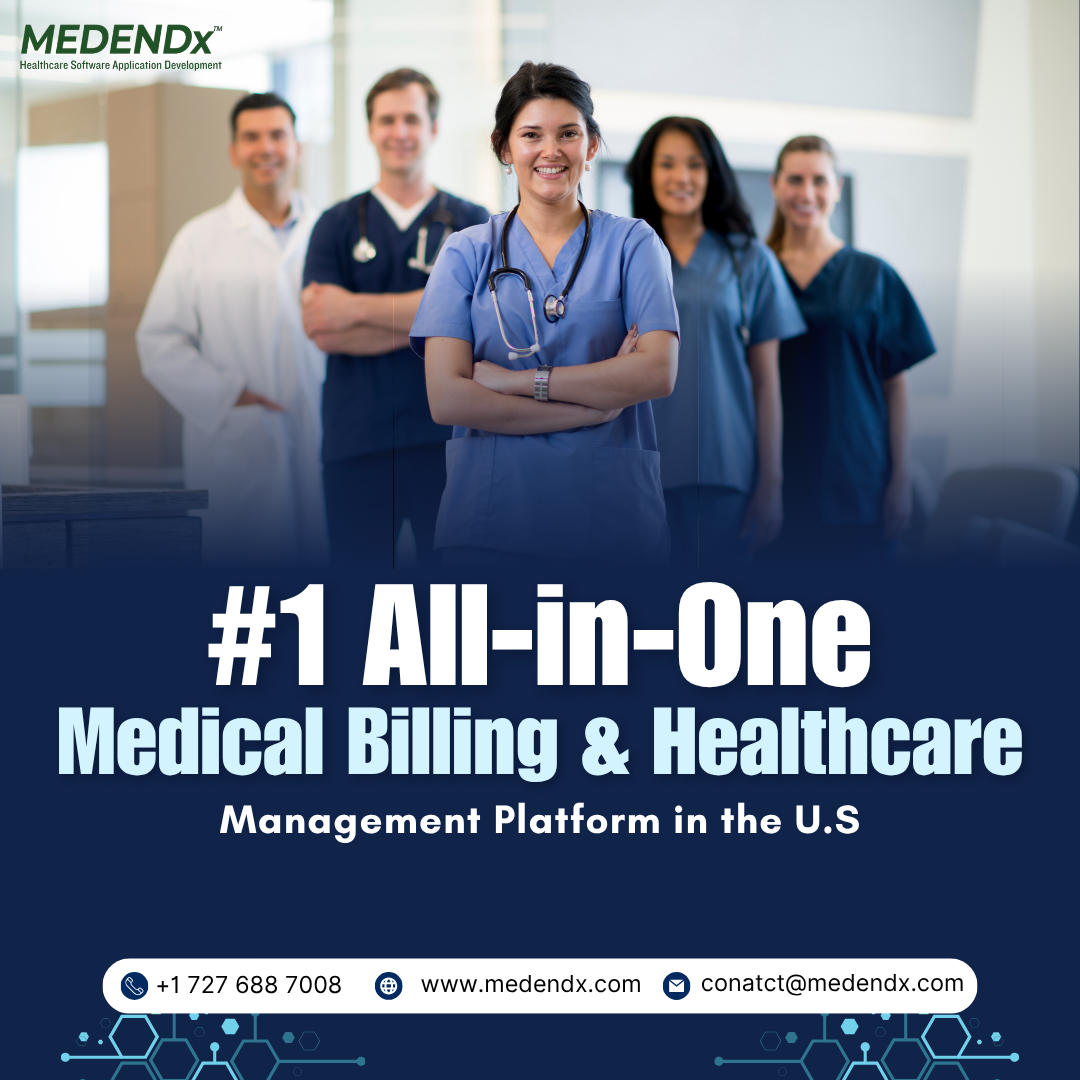Medical billing is the lifeline of healthcare revenue cycle management. Yet, despite its importance, errors in billing remain one of the most common causes of revenue loss, claim denials, and compliance issues. In 2025, as payer requirements and regulations grow more complex, providers must be more vigilant than ever in avoiding mistakes that can delay or reduce reimbursement.
In this blog, we’ll explore the most common medical billing mistakes and outline practical strategies to prevent them.
1. Incomplete or Inaccurate Patient Information
Even small errors in patient demographics—such as misspelled names, incorrect birthdates, or outdated insurance details—can lead to claim rejections.
How to Avoid It:
- Use real-time eligibility verification tools.
- Double-check patient data at registration.
- Train staff to confirm insurance details at every visit.
2. Coding Errors
Incorrect use of ICD-10 or CPT codes is one of the most frequent billing mistakes. These errors can result from outdated coding knowledge, misinterpretation of documentation, or missing modifiers.
How to Avoid It:
- Provide ongoing coding training.
- Use AI-powered coding assistants.
- Keep updated with annual ICD-10 and CPT revisions.
3. Duplicate Billing
Submitting the same claim more than once—whether due to system errors or staff oversight—can raise red flags with payers and may even trigger audits.
How to Avoid It:
- Implement billing software with duplicate detection features.
- Establish internal review workflows before submission.
4. Failure to Verify Insurance Coverage
One of the leading causes of claim denials is services rendered to patients with expired or inactive insurance.
How to Avoid It:
- Verify insurance eligibility in real time.
- Confirm coverage at every visit, not just during initial registration.
5. Incorrect Charge Entry
Errors in entering charges—whether underbilling or overbilling—can create compliance risks and impact revenue.
How to Avoid It:
- Standardize charge capture processes.
- Use automated charge entry systems integrated with EHRs.
- Perform routine internal audits.
6. Missing or Insufficient Documentation
Claims without proper documentation to justify medical necessity are likely to be denied.
How to Avoid It:
- Train providers to align clinical notes with billing requirements.
- Adopt AI SOAP Notes for accurate, structured documentation.
- Regularly audit documentation for completeness.
7. Late Claim Submission
Most payers have strict filing deadlines, and delayed submissions almost always lead to lost revenue.
How to Avoid It:
- Track claim submission timelines with automated alerts.
- Prioritize claims nearing deadlines in billing workflows.
8. Ignoring Denial Trends
Submitting claims without addressing recurring denial issues wastes time and revenue.
How to Avoid It:
- Analyze denial reports regularly.
- Identify patterns by payer, code, or service.
- Implement corrective measures before resubmission.
9. Not Following Payer-Specific Guidelines
Each payer has unique rules, and failing to meet them increases the likelihood of denials.
How to Avoid It:
- Maintain updated payer policy databases.
- Use claim scrubbing tools customized for payer requirements.
10. Weak Staff Training and Oversight
Even the best technology can’t compensate for untrained or inattentive staff. Errors in data entry, coding, or claims follow-up often stem from insufficient training.
How to Avoid It:
- Conduct ongoing training programs.
- Encourage regular staff feedback on workflow challenges.
- Assign compliance officers or billing supervisors for oversight.
The Role of Technology in Avoiding Mistakes
In 2025, AI and automation are crucial in reducing billing errors. Advanced medical billing platforms can:
- Validate data before submission
- Detect anomalies in coding
- Flag missing documentation
- Provide predictive denial alerts
By integrating these tools into workflows, providers can ensure higher first-pass claim acceptance rates and better compliance with payer rules.
Why MEDENDx is the #1 Choice for Medical Billing?
With MEDENDx, healthcare providers, practices, and billing companies can streamline their entire billing process — from patient intake to final payment — with cutting-edge automation and AI-driven technology.
Here’s how MEDENDx stands out as the top choice for medical billing automation:
1. AI-Powered Billing and Coding
MEDENDx simplifies the most complex part of medical billing: coding. Using artificial intelligence (AI), it automatically generates accurate CPT and ICD-10 codes based on clinical documentation. This eliminates the need for manual coding, reducing the risk of errors and speeding up the billing process. The AI system also suggests codes in real-time, ensuring that providers are compliant with payer guidelines and improving reimbursement accuracy.
2. Seamless Integration with EHRs and Clearinghouses
MEDENDx integrates smoothly with existing Electronic Health Records (EHR) systems and clearinghouses. This integration ensures that clinical documentation, coding, and billing are seamlessly connected, eliminating the need to switch between multiple systems. Healthcare providers can submit claims directly to payers, track their status in real-time, and receive payments faster.
3. Real-Time Claims Scrubbing and Denial Management
One of the most time-consuming tasks in medical billing is dealing with denied claims. With MEDENDx, claims are automatically scrubbed before submission to detect errors, missing information, or coding inconsistencies that could lead to denials. In the event of a claim denial, MEDENDx immediately flags the issue and provides actionable insights to help billing teams correct and resubmit the claim quickly.
4. Improved Revenue Cycle Management (RCM)
MEDENDx helps practices optimize their RCM process by automating key steps such as claim submission, payment posting, denial management, and patient billing. By automating these processes, MEDENDx minimizes administrative overhead, reduces human error, and improves cash flow. It also offers real-time insights into key performance indicators (KPIs) such as collections, denial rates, and accounts receivable aging, enabling healthcare providers to make data-driven decisions and improve overall financial performance.
5. Streamlined Patient Billing and Payment
MEDENDx offers a patient portal where patients can access their bills, pay securely online, and view their payment history. The system also automatically generates and sends patient statements and payment reminders, making it easier for patients to manage their healthcare payments. This not only improves the patient experience but also accelerates the payment cycle.
6. HIPAA-Compliant and Secure
Security and compliance are at the heart of MEDENDx’s design. The platform is fully HIPAA-compliant, ensuring that sensitive patient and financial data are protected at all times. MEDENDx utilizes the latest security protocols to safeguard data during transmission and storage, providing healthcare providers with peace of mind.
Conclusion
Medical billing mistakes may seem small, but their impact on revenue and compliance can be significant. From inaccurate patient data to missed filing deadlines, every error increases the risk of denials, delays, and financial loss.
By investing in training, automation, AI tools, and proactive denial management, providers can minimize errors and create a smoother billing process.
At MEDENDx, we specialize in AI-driven billing and coding solutions designed to reduce errors, improve compliance, and maximize revenue for healthcare providers. Avoiding mistakes isn’t just about efficiency—it’s about building a stronger, more sustainable revenue cycle.



